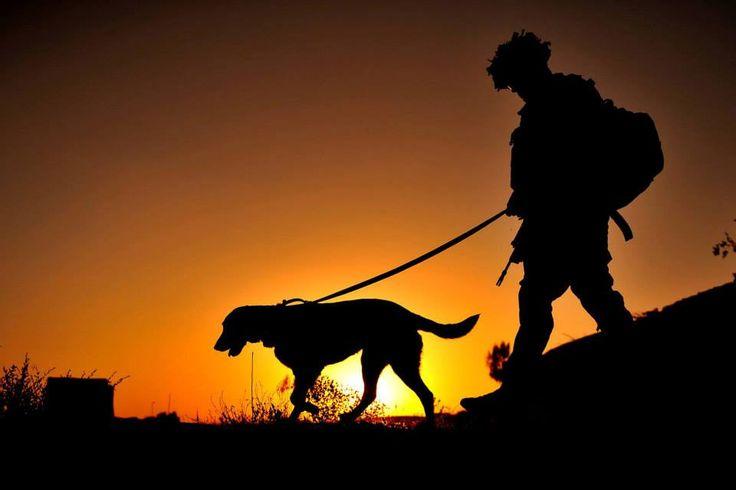Evolution mechanisms behind deleterious genetic variation in dogs: limited impact of recent inbreeding, really?
Published a few months ago, a study of Marsden et al. (2016) used whole sequence data of 90 canids to investigate the importance of population bottleneck, inbreeding and artificial selection of the health of the dog.
In order to investigate this issue, the authors compared sequences from breed dogs, village dogs, and gray wolves, measuring (i) the proportion of amino acid changing variants, as an indicator of genetic load, and (ii) the number of Mendelian disease genes, considering genes already identified in dogs and human. Several interesting results were found.
Based on their measurement of amino acid changing variants (corresponding in general to mutations with deleterious effects), it has been estimated that dogs carry between 2 and 3% more deleterious alleles than wolves, which is comparable to the genetic load in the non-African human population (around 1-3%). This seems surprising, as dog breeds may appear to have undergone more severe bottlenecks during their demographic history than human populations. Also, the authors found that bottlenecks during domestication and breed creation were more responsible of the current genetic load in dogs than recent inbreeding.
On the other hand, it appears that genomic regions under selection (also called selective sweeps), were enriched in disease-related genes. This enrichment could be either explained by the fact that genes controlling artificially selected traits in dogs could also confer Mendelian diseases, or to a linkage between genomic regions where disease genes and genes under selection are.
On the basis on these different results, the authors concluded that artificial selection incidentally reduced dog fitness. Also, given the fact that repeated population bottlenecks and small effective population size seemed to have more impact on accumulation of weakly deleterious variation than recent inbreeding (i.e., mating between close relatives), the focus should be more on maintaining large population size, than avoiding inbreeding.
Given the number of studies that showing the impact of recent inbreeding of fitness and selected traits in dog (Ólafsdóttir and Kristjánsson, 2008; Urfer, 2009, Leroy et al. 2014) or other domestic species (Leroy 2014), I would nevertheless disagree with this last recommendation. It would be therefore be interesting to investigate why the results of this genomic study differ from more phenotype-oriented ones. There are several potential explanations, one being that the traits investigated in those latter studies are under different genetic mechanisms that the one studied here. In any case, we may expect that further studies will confirm, refute or further clarify these first interesting results.
References
Leroy, G. 2014. Inbreeding depression in livestock species: review and meta-analysis. Animal Genetics 189, 177-182.
Leroy G., Phocas F., Hedan B., Verrier E., Rognon X. 2015. Inbreeding impact on litter size and survival in selected canine breeds. The Veterinary Journal.
Marsden, C. D., Ortega-Del Vecchyo, D., O’Brien, D. P., Taylor, J. F., Ramirez, O., Vilà, C., ... & Lohmueller, K. E. 2016. Bottlenecks and selective sweeps during domestication have increased deleterious genetic variation in dogs.Proceedings of the National Academy of Sciences, 113(1), 152-157.
Ólafsdóttir, G.Á., Kristjánsson, T., 2008. Correlated pedigree and molecular estimates of inbreeding and their ability to detect inbreeding depression in the Icelandic sheepdog, a recently bottlenecked population of domestic dogs. Conservation Genetics 9, 1639-1641.
Urfer, S.R., 2009. Inbreeding and fertility in Irish Wolfhounds in Sweden: 1976 to 2007. Acta Veterinaria Scandinavica 51, 21.
 Donate
Donate

0 Comments
Recommended Comments
There are no comments to display.